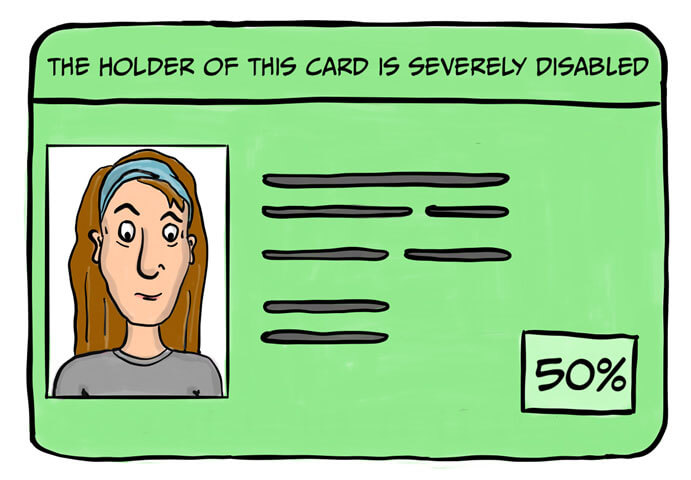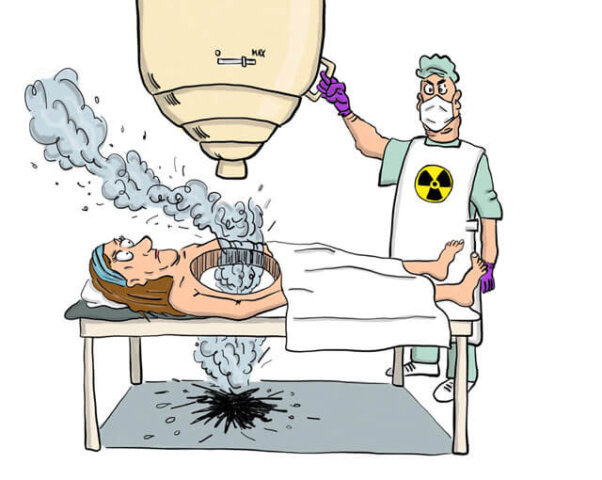It may be a very German phenomenon to be able to apply for a severely disabled ID card as a cancer patient. In any case, that’s what I concluded from the reaction of my American friends. I was strongly encouraged to apply for the severely disabled card in the hospital by the psych oncologist and also by my gynecologist. Of course, I wondered whether it would be worthwhile to apply. And I also had a mental problem for several weeks with the idea of now being “severely disabled”.
Compensation for disadvantages and healing probation
Basically, a severely disabled person’s card is supposed to compensate for disadvantages that people have who can no longer participate in normal, age-appropriate life without restrictions. This right is anchored in Germany’s Social Code and thus also applies to cancer patients. As a rule, a severe disability is recognized at 50%, when breast cancer is diagnosed. However, the certificate is limited in time for a few years. This time is called “cure probation” in civil service jargon. It reminds me a bit of “probation” when you get out of jail. There, too, the question is whether you will relapse. Very special!



Is it worth the effort?
The question of whether it is worth the effort to apply for the ID card can and must be answered by everyone themselves. I decided to apply for it for two reasons: 1. you are entitled to 5 additional days of vacation – which I find very good, because having cancer is quite exhausting and 2. you have better protection against dismissal. You never know beforehand whether you might need it. I will see what the additional lump sums for income tax and wage tax really bring. I also think that the reductions for museum visits are basically good and sensible. Personally, however, I have to admit that it’s a very strange feeling when you show your ID card for the first time at the museum ticket office to get a 2-euro discount.
Adventure online application
Because the analog application for the severely disabled ID is about as charming as filling out the tax return, I looked for the possibility to apply online. While applying online is possible, it is quite a challenge. I would describe myself as extremely online savvy. Before I go to an office during “golden hours” (i.e., when I’m also working) to hand in an application, I’d rather torture myself through poorly done online forms. Even more so in Corona times. However, this application took me quite a bit of patience. The biggest challenge was authenticating with the machine-readable ID card. And the fact that public institutions probably just don’t even think of having their forms optimized and implemented by usability experts.


Fourteen steps to the online application
The first step is already the biggest hurdle: Convincing the ID card app2 on the iPhone to pair with the laptop and read in data from the ID card. I work in a software company myself and I think I can say with a good conscience that I have some experience with online applications – but I have to say: THAT was anything but easy. X times the badge was not recognized, then the connection to the iPhone broke again and there were multiple error messages. But I can also be persistent! After several attempts, I managed to authenticate myself with my ID card.
After the tenth step back to start.
What really throws me off are online forms that don’t automatically cache. After the tenth step, I wanted to go back to the third step and poof, everything was gone. Well, the first, most difficult step was still there. After all. So, I entered everything again and scrolled down after each step to save it. One learns from mistakes. Then, after successful submission, the statement: “It may take several months to review your application.” Wow! The surprise was all the greater when the ID card arrived in the mail two weeks later.







